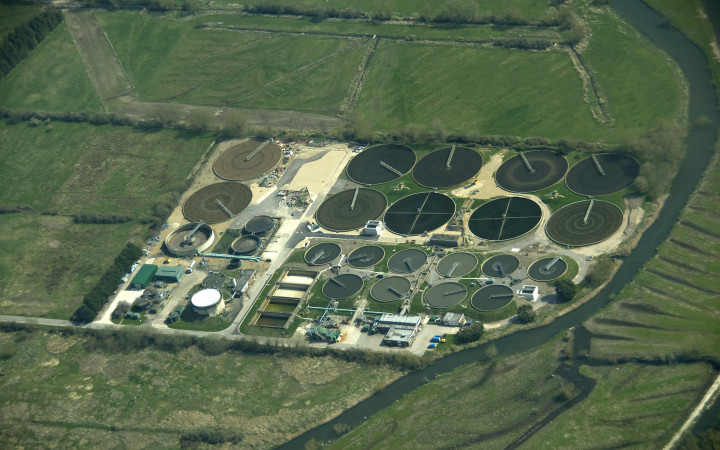Today’s Wonder of the Day was inspired by lachlan. lachlan Wonders, “how do water treatment plants work?” Thanks for WONDERing with us, lachlan!
Do you ever wash the dishes after a family dinner? Maybe you help wash the car or bathe a pet. We’re sure you know how important it is to wash your hands several times a day. What do all these things have in common? They require water, of course!
Have you ever WONDERed what happens to that water? After it’s flushed down the toilet or drained from the sink . . . where does it go?
Not long ago, all that wastewater went straight back into the rivers and lakes it came from. Of course, this caused an obvious problem. Who wants to fish, swim, or sail in a body of water full of sewage?
The issue of unclean water became especially serious in cities. As more people moved to urban areas in the 19th and 20th centuries, concerns about surface water pollution grews. The solution? Wastewater treatment.
The purpose of wastewater treatment is to remove pollution and debris from water and then send it back to natural bodies of water. Today, this process is carried out in wastewater treatment plants. In the U.S. alone, there are about 15,000 of these plants that service 76 percent of the population.
How do wastewater treatment plants work? The process actually starts before water enters the plant. When water arrives, it often contains objects that must be removed before it’s treated. This can include “flushable” wipes, rocks, pieces of wood, and other types of debris. These items are caught by screens the water passes through as it enters the plant. Most often, the debris is collected later and sent to a landfill.
Inside the plant, wastewater is aerated. That means air is pumped into the water tank, causing any dissolved gases to escape the water. This also forces small particles like sand to settle, making them easier to remove. The wastewater then enters a second tank where sludge (organic material) is removed.
At this point, the wastewater may still contain materials like oil and soap. These are commonly called “scum.” The scum rises to the surface of the water. Rakes move along the surface to remove these materials from the water.
Next, the wastewater is typically filtered through sand to remove any remaining particles. The final step is to disinfect the water. There are a few different ways to do so. Plants may use methods that include chlorine, ozone, or ultraviolet light depending on the needs of their region.
Finally, the treated water is often released back into a natural body of water. In some cases, though, it’s sent straight to another treatment plant to be prepared for reuse. Later, it might re-enter your home through a faucet or toilet.
Wastewater treatment plays a very important part in taking care of our planet’s water supply. We all need access to clean water to stay healthy. Treatment plants are just one way to make more of Earth’s water usable in the future!
Standards: NGSS.ESS2.C, CCRA.R.1, CCRA.R.2, CCRA.R.4, CCRA.R.10, CCRA.W.2, CCRA.W.4, CCRA.W.9, CCRA.L.1, CCRA.L.2, CCRA.L.3, CCRA.L.6, CCRA.SL.1, CCRA.SL.2




